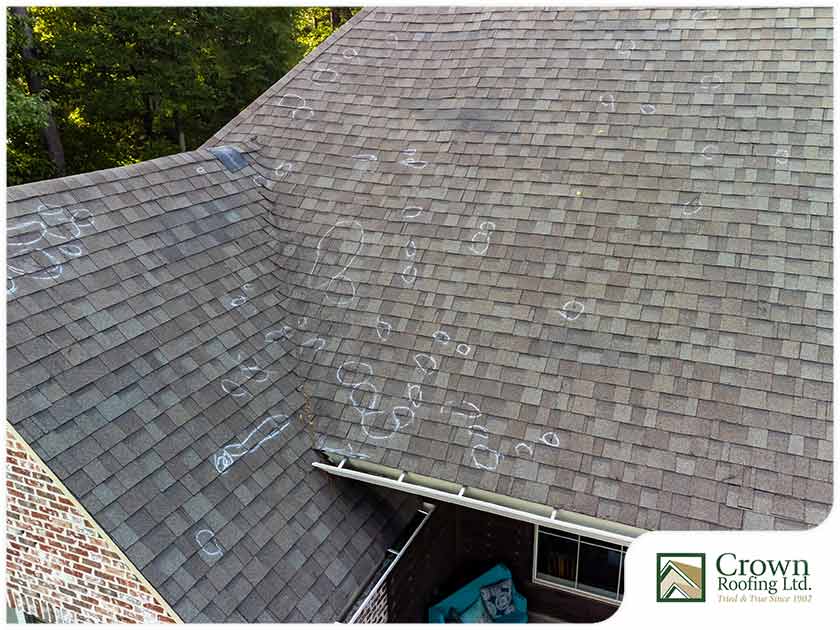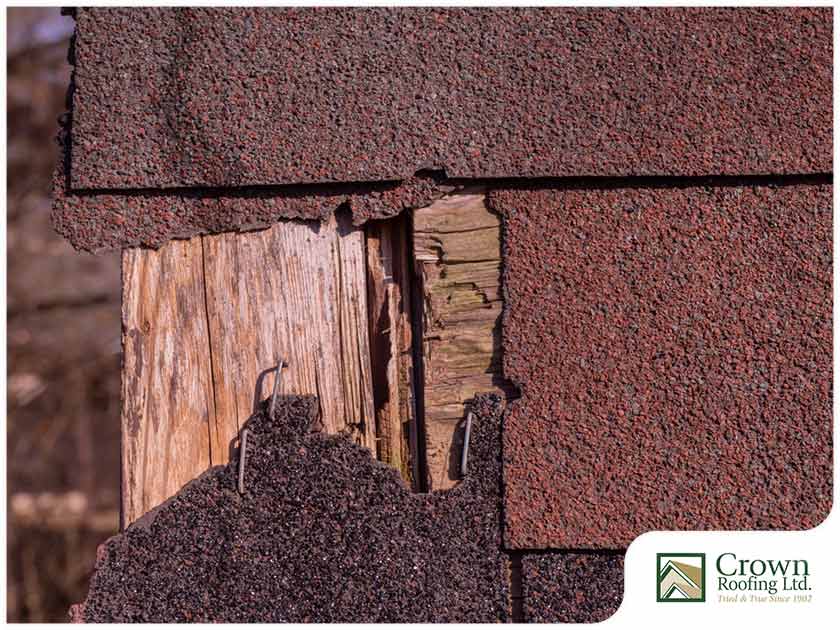
Aug30 2022
2022 
 2022
2022 Roof Damage: What to Do After a Hailstorm

Hailstorms are unpredictable, but there are ways you can prepare and mitigate roof damage. Here are some of the things you should do following a storm.
Aug23 2022
2022 
 2022
2022 What Happens When You Delay Roof Replacement?

Maintenance is crucial in keeping your roof functional. It can also help extend its lifespan. When the time comes that your roof is already beyond repair, make sure to prepare for its replacement as soon as possible. To ensure your safety and keep your home protected, it's best not to delay roof replacement.
Aug18 2022
2022 
 2022
2022 How Does Shingle Cracking Differ From Splitting?

Investing in quality products from reputable commercial and residential roofing companies can help you avoid several problems in your home - including asphalt shingle splitting and cracking. These roofing issues must be addressed immediately to prevent water damage and expensive repairs. That said, it's essential to understand how cracking and splitting differ from each other.
Aug04 2022
2022 
 2022
2022 4 Roofing Questions to Ask Before Buying a Home

There are various factors to put into consideration before purchasing a property. Besides adequate planning, you should also be keen on your prospective home's features - particularly the roofing system.
Jul29 2022
2022 
 2022
2022 Top Questions to Ask Your Roofing Contractor

Your roof protects your home from outdoor elements and extreme weather conditions. It's crucial to hire a qualified roofer to install your roofing system because installation quality influences the performance and longevity of your roof.


 Home
Home